The one size fits all approach is a rapidly dying ethos in product design, with consumers increasingly searching for customized options to suit their needs. Previously, this customization level wasn’t possible because the systems to create it didn’t exist at an accessible price point. But with the increasing affordability of additive manufacturing and 3D scanners, it’s now easily accessible to designers.
Tech Wearables

Whether it’s sunglasses, hi-tech shoes, or even VR/AR headsets, getting them to fit comfortably is the next evolution in customization for increasingly demanding customer needs. With a quick foot or head scan, perfect measurements can be acquired for 3D-printed custom-fit pieces.
In-ear Headphones

Don’t you hate it when your earbuds drop out of your ear? No matter how many different-sized ear tips you try, they just won’t stay put. It may surprise you that ears are unique to every person, much like fingerprints, so if your ears don’t have that particular shape that designers think they should have, you won’t find ear tips that fit you well.
Well, that used to be true, but now with a quick D scan of your ears, a custom set of tips can quickly be made that’ll fit your ear canals perfectly. Even better, scanning the earbud’s ear tip connector points can ensure they fit both ends perfectly.
Jewelry

Creating organic shapes in design software, like leaves, dogs, or butterflies, is challenging and time-consuming, often proving a roadblock in creating unique designs. Not so with access to 3D scanners, which make it a cinch to capture complicated objects. Also, jewelers can capture a client’s neck, finger, or wrist measurements to ensure the piece they create is a perfect fit.
Mobility Aids

3D scanners have been used for a while to help create custom-fitted prosthetic limbs that give the wearer a much more comfortable day-to-day experience. Also, being used for creating custom-fit back braces and wheelchair seating that provide users with necessary support and pressure relief while remaining comfortable for long periods.
Safety Gear

Those who risk everything to save others deserve to have correctly fitted life-saving gear to give them every advantage in dangerous situations. And with the help of 3D scanners for torso and head scans, companies are now creating custom-fit body armor and helmets for law enforcement, military officers, rescue workers, and firefighters. Also, 3D body scans are used in sports to develop customized aerodynamic helmets for various sports like cycling and ice skating.
Cosplay

With at least 5 million people in the US and countless others globally creating and dressing up in outfits from their favorite video games, movies, animes, comics, etc., it would be an understatement to say cosplay is popular. Many cosplayers invest serious time and money into creating their amazing outfits, so ensuring key outfit pieces fit them comfortably is super important. And with a helping hand from 3D scanners, they can ensure they do.
Cosplayers also use 3D scanners to help design their costumes. For example, if the character their cosplaying wears some armor or uniquely shaped piece, they can scan a toy model first to get an accurate 3D model of the part, then modify it to fit themselves and scale it up for 3D printing.



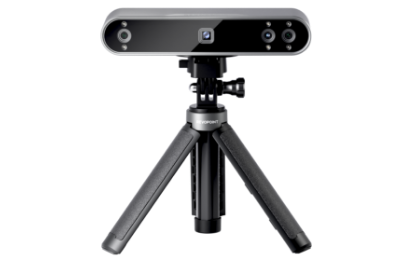



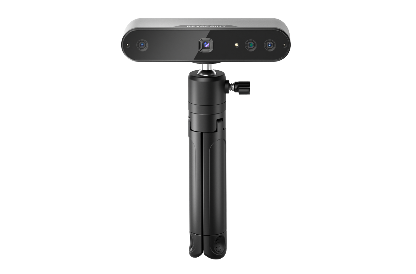

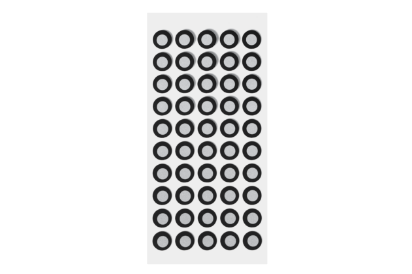

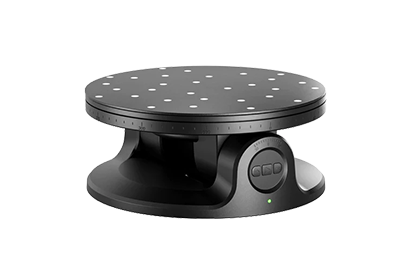
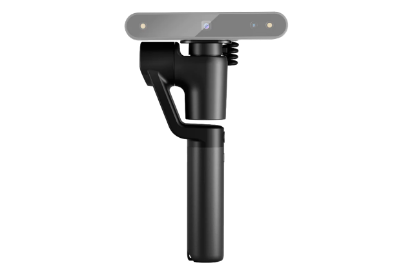

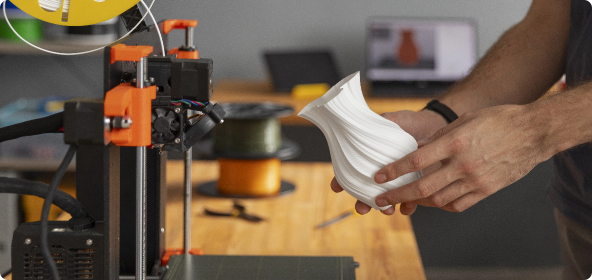

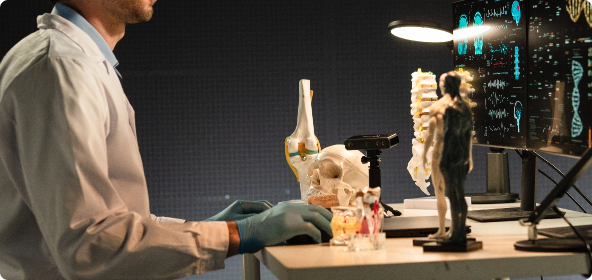

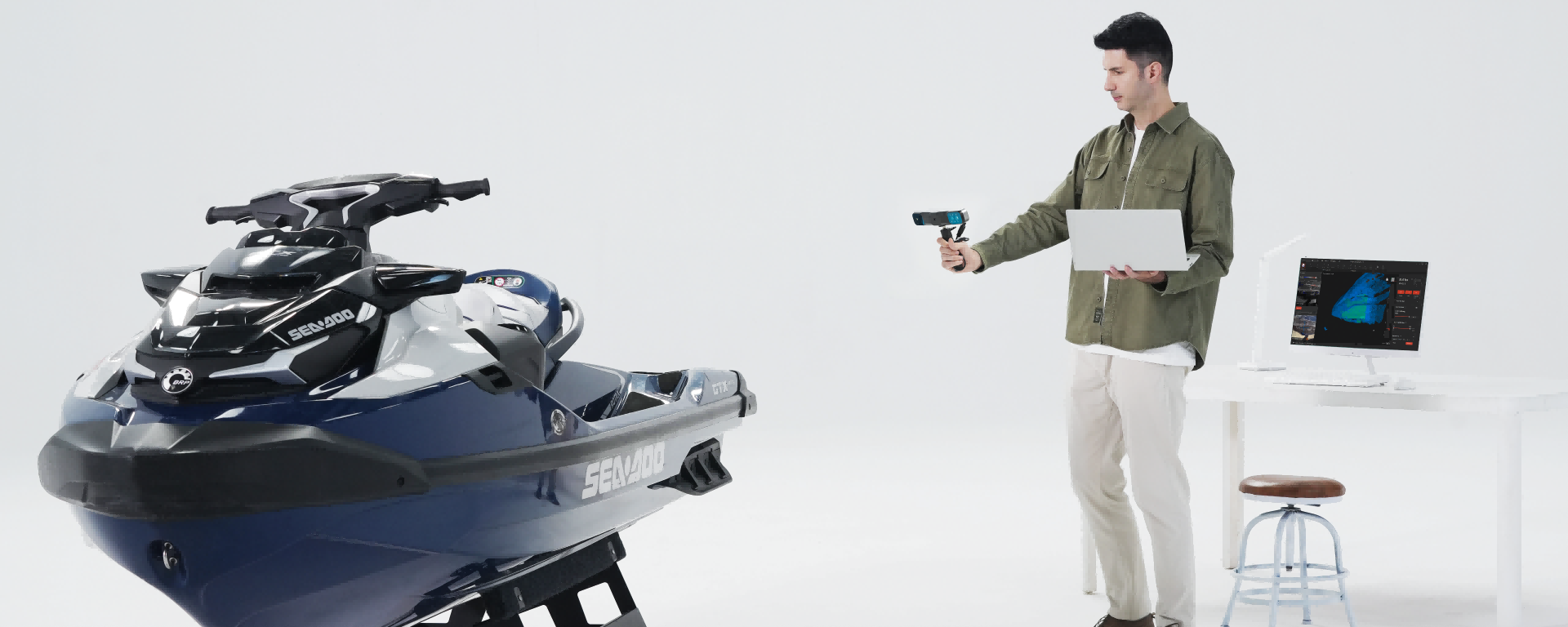
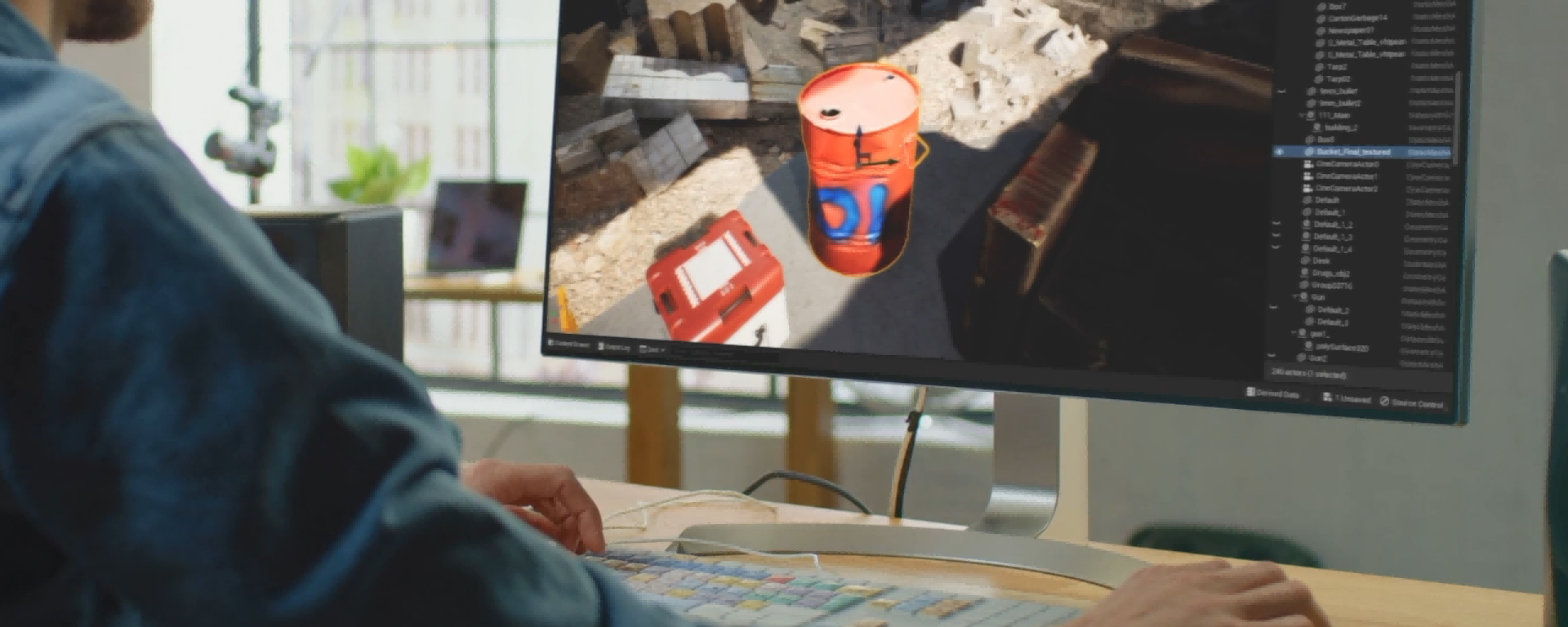

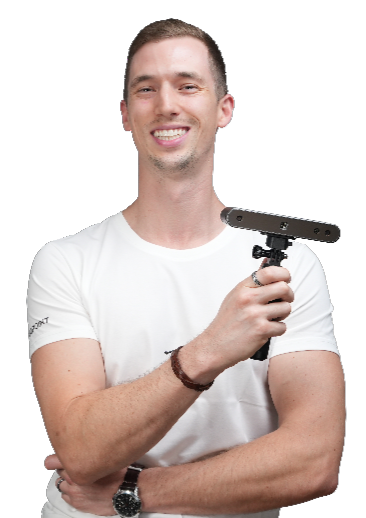


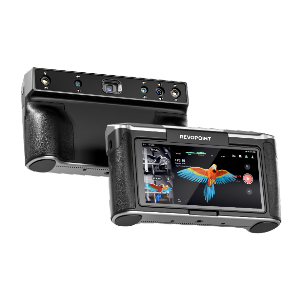
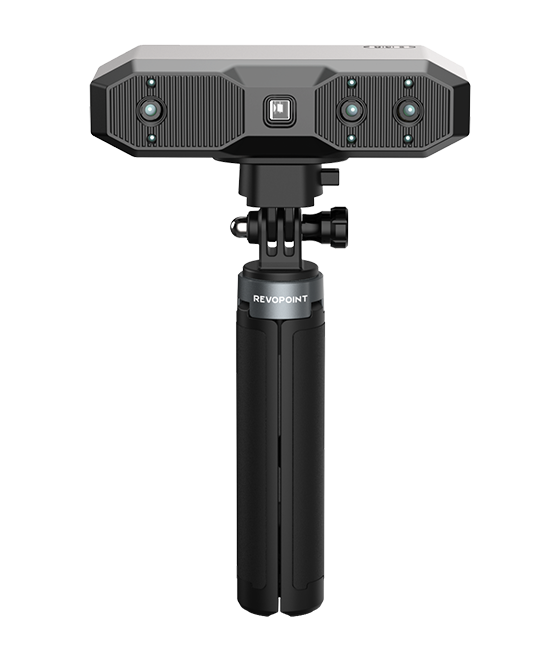
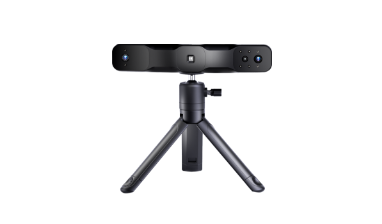
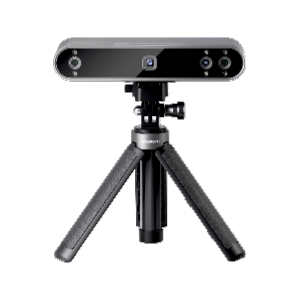
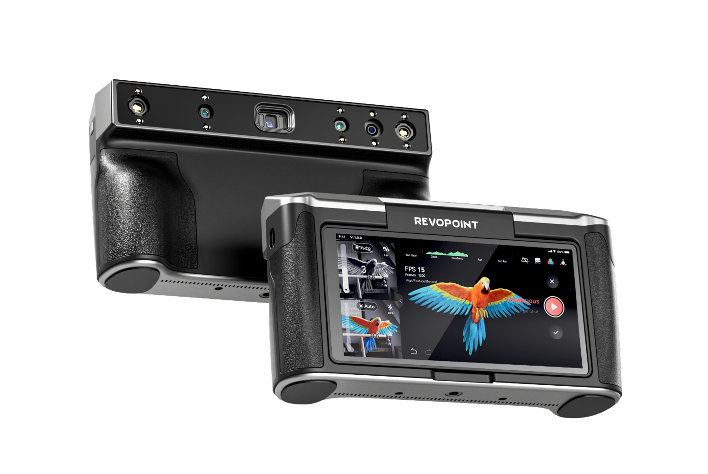

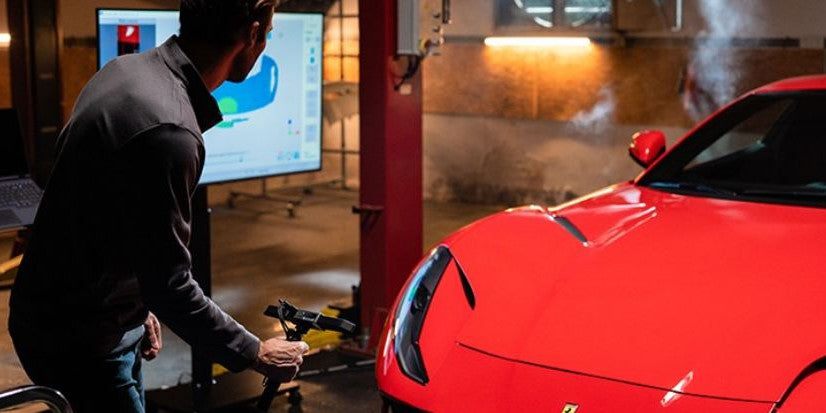

Leave a comment
This site is protected by reCAPTCHA and the Google Privacy Policy and Terms of Service apply.